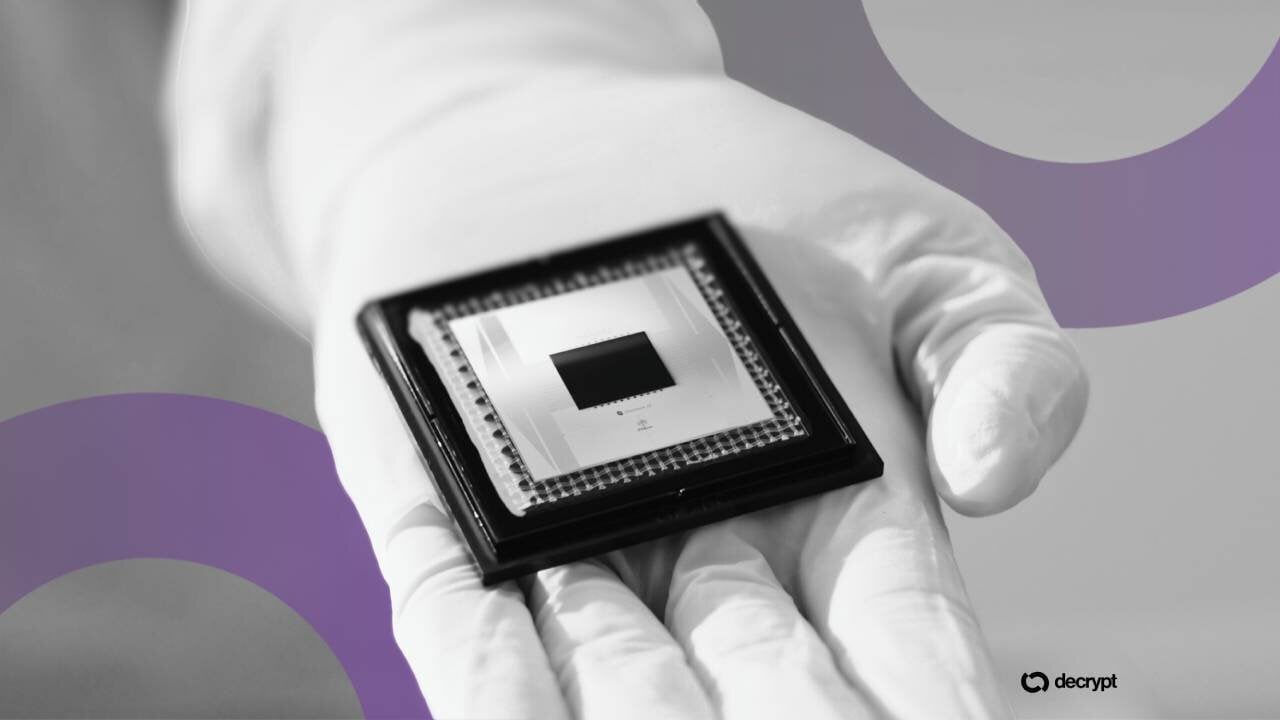Microsoft reported Q1 revenue of $77.7 billion, surpassing analyst expectations
Microsoft reported its first-quarter earnings after the bell on Wednesday.
The company beat expectations on both profit and revenue, with strong demand from its cloud business driving results.
But the stock still dropped more than 2% after the company revealed a major jump in spending tied to AI hardware.
The company reported $77.7 billion in revenue for the quarter, compared to $65.6 billion in the same quarter last year.
Earnings per share came in at $3.72, up from $3.30 last year and ahead of the $3.68 analysts expected. Microsoft’s commercial cloud revenue reached $49.1 billion, up 26% year over year and above the $48.6 billion estimate.
The quarter also saw Microsoft’s Intelligent Cloud division, which includes Azure, report $30.9 billion in revenue, beating the $30.2 billion Wall Street expected.
Microsoft also reported that capital expenditures rose 74% from last year to $34.9 billion, and said about half of that total went into GPUs and CPUs to support demand for Azure.
The spending increase was large enough to concern investors, who have grown sensitive to the cost of scaling AI
Microsoft disclosed the results hours after Azure services recovered from a global outage. The outage followed a separate outage at Amazon’s AWS a week earlier.
Microsoft increases AI spending while Azure demand rises
The rise in spending was tied directly to growth in AI workloads. The company has been increasing investment in data centers and chips as customers adopt AI tools.
Part of that spending is connected to Microsoft’s partnership with OpenAI. The two companies recently agreed on new terms that change how OpenAI is structured and how both sides invest in AI growth.
Under the revised agreement, OpenAI will reconfigure into a for‑profit public benefit corporation overseen by its nonprofit.
Microsoft will hold a 27% stake in the OpenAI Group PBC, a holding valued at roughly $135 billion, while the OpenAI nonprofit will hold around $130 billion worth of shares. Microsoft has already invested billions in OpenAI, and the deal outlines continued collaboration.
Microsoft was previously the exclusive cloud provider for OpenAI. That arrangement allowed the company to draw AI traffic directly into Azure.
The new deal removes Microsoft’s first right of refusal, meaning OpenAI can use additional cloud providers without offering Microsoft the first chance to host new workloads.
OpenAI has already partnered with Oracle to support the Stargate Project data centers. Even so, OpenAI has committed to spending $250 billion on Azure usage under the new structure.
Satya Nadella, Microsoft’s chairman and CEO, said the company is increasing investments across AI infrastructure and talent. “Our planet‑scale cloud and AI factory, together with Copilots across high-value domains, is driving broad diffusion and real‑world impact,” he said. Nadella said the company is continuing to invest to meet growing demand.
Amy Hood, Microsoft’s chief financial officer, said the quarter exceeded expectations in revenue, operating income, and earnings per share. Hood said the growth reflects continued demand for Microsoft’s cloud offerings.
Microsoft is expanding AI tools in its consumer business. Earlier this year, the company introduced Copilot+ PCs, and this month it rolled out updates to Windows 11 that allow users to speak to the Copilot chatbot through voice commands. Microsoft is also adding Copilot integrations into its Xbox gaming apps.
If you're reading this, you’re already ahead. Stay there with our newsletter.
You May Also Like

Ethereum Set to Debut ‘Key to Layer-2 Scaling’ as Fusaka Upgrade Clears Final Test

IBM’s Quantum ‘Cat’ Roars: 120-Qubit Breakthrough Pushes Bitcoin’s Encryption Risk Closer
